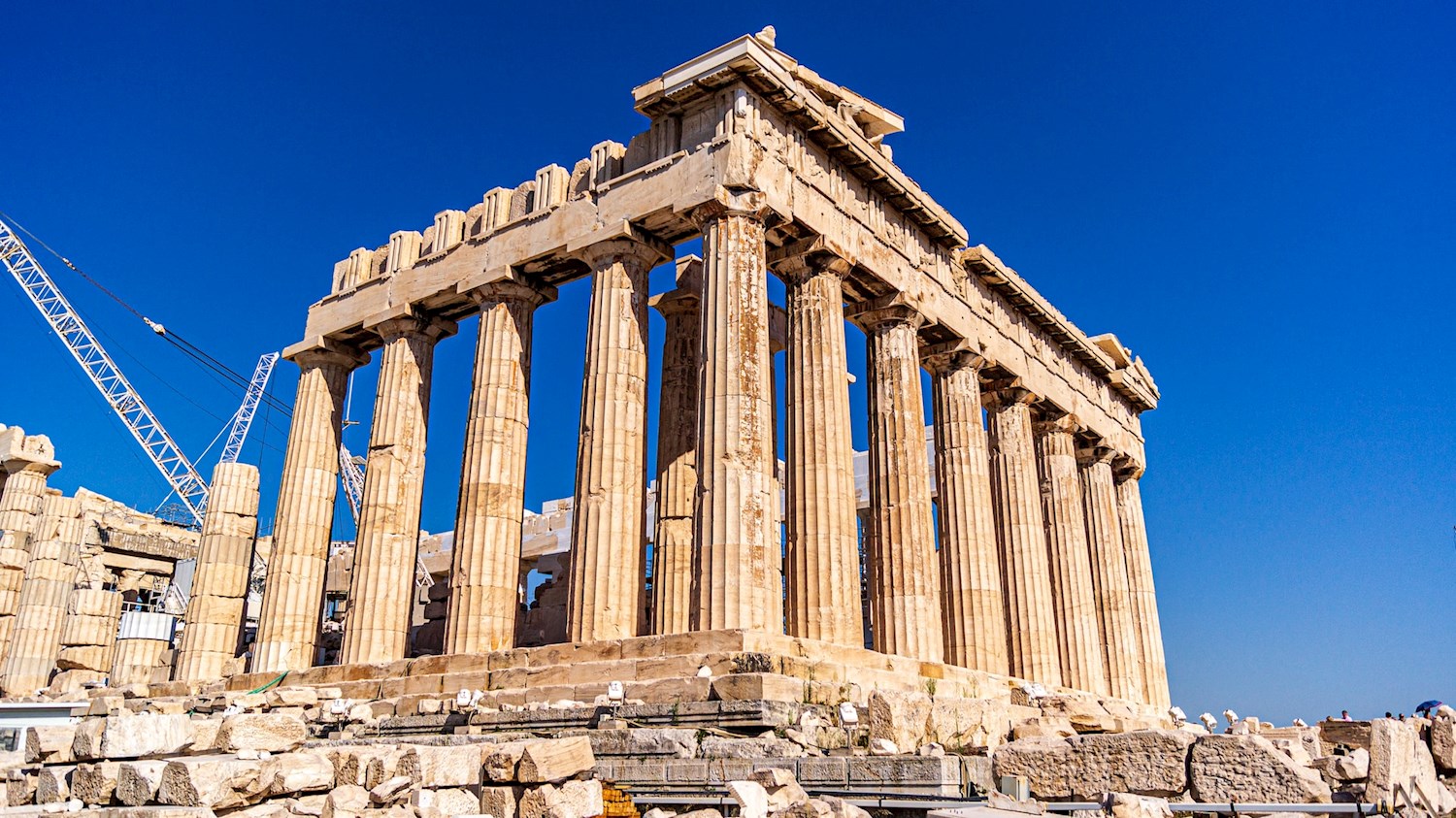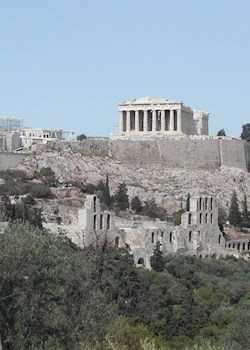Attractions
Behold the most iconic building in the Western world at the Acropolis
GREECE // In the flesh, this glorious gift of sculpted marble backed by bright-blue Greek sky exceeds every postcard or poster you may have seen. The largest Doric temple ever completed in Greece, the Parthenon soars above the city of Athens, columns rising white, cream or gold as the light dictates. It is the highlight of the Acropolis, an ancient hilltop citadel inhabited since Neolithic times (4000-3000 BC). In 510 BC the Delphic oracle declared it the sole province of the gods and Pericles lavished the temple complex with the best materials, artists, architects and sculptors. Picture it as it was: resplendently colored buildings and enormous statues of bronze or marble plated with gold and encrusted with jewels. Carved pediments and friezes abounded, many now preserved in the Acropolis Museum. Walk the luminous marble paths between the Parthenon and smaller temples, like the exquisite Temple of Athena Nike, and then pass the birthplace of theatre - the Theatre of Dionysus - as you descend the hill to the museum. Later, view the Acropolis from afar at night to see it bathed in shimmering gold light.
What does Acropolis mean?
Why is the Acropolis so famous?
The Acropolis of Athens and its monuments are universal symbols of the classical spirit and civilization and constitute the largest collection of architecture and art that has been handed down to the world since ancient Greece.
Are Acropolis and Parthenon the same?
The Acropolis was an imposing rocky hill that towered over the surrounding city. The largest building on the Acropolis was the Parthenon, which was made entirely of marble. Although the Parthenon is more familiar to us as a temple, it was also used as a treasury.
What is interesting about the Acropolis?
Although the Acropolis is a world-renowned religious site, it began life as a military fortress. Its hilltop position above Athens meant it was crucial to the defense of the city, and a defensive wall (some of which remains today!) was first built around the area around the 13th century BC.





